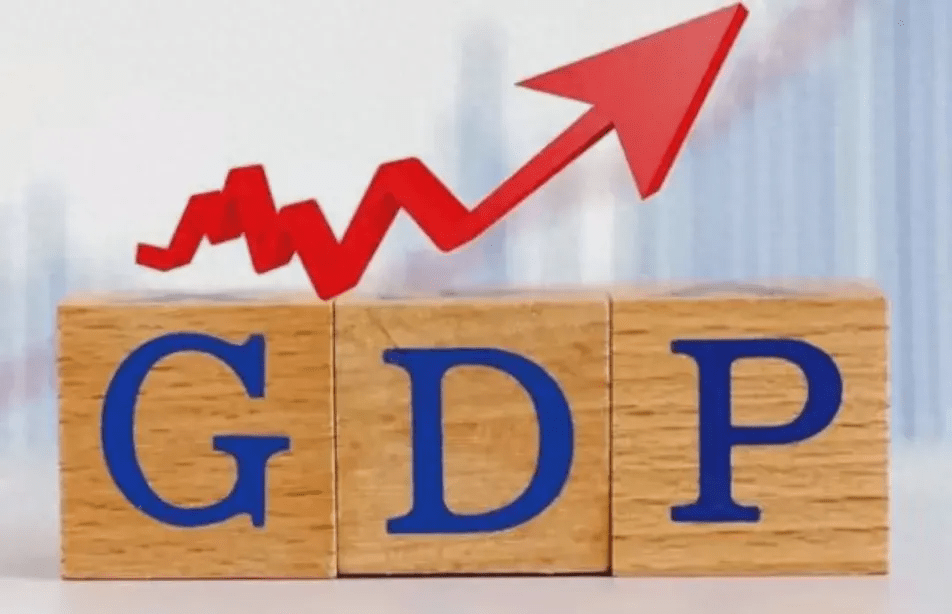Recently, India's economic slump is shocking! Foreign capital has withdrawn, while Russia's economy has soared, and China has firmly sat in the second place. What happened? Let's analyze the truth behind this economic storm.

In recent years, India has been seen as one of the hopes for global economic growth. However, recent data has raised eyebrows: India's economy has plummeted by a staggering 43% in just a few months. What happened this time that brought this once highly anticipated economy to the brink of collapse?
Before analyzing India's economic problems, we have to mention the movement of foreign capital. Previously, international investors were full of confidence in the Indian market and poured in, hoping to get a share of this huge market. But now, everything has changed. The rapid withdrawal of a large number of foreign capitals has made many people feel incredible. What makes these investors so determined?
First, we need to pay attention to India's domestic political environment and policy stability. In recent years, although India has achieved certain results in reforms in some areas, there are still many challenges in the transparency and effectiveness of economic policy implementation. This has led to investors' anxiety about the future, thus exacerbating capital outflows.
Secondly, the lagging infrastructure construction of the Indian economy is also an important reason. Although the government has invested a lot of money in infrastructure construction, the actual progress is disappointing. Many projects have stagnated for various reasons, resulting in a waste of resources and greatly reducing the confidence of foreign capital in the Indian market.
At the same time, the economic performance of other countries is particularly important at this time. The Russian economy has bucked the trend recently and demonstrated strong resilience. China has stabilized in the second place in the global economy and has become a new favorite of many investors. What makes these countries in sharp contrast with India?
Russia's economic boom is not accidental. By adjusting its economic structure and seeking new international cooperation opportunities, Russia has successfully avoided some unfavorable factors in the global economy. At the same time, relying on its rich mineral resources, Russia has also gained considerable benefits against the backdrop of rising energy prices. All this undoubtedly makes foreign capital more favored in this country.
Compared with India, China has shown strong adaptability and stability in the face of complex international situations. Against the backdrop of increasing downward pressure on the world economy, China has maintained steady economic growth and attracted a large influx of foreign capital. Many companies have set their sights on the Chinese market, believing that it is still an investment destination with relatively low risks and high return potential.
If we focus on India, in addition to the negative impact of foreign capital withdrawal, the sluggish domestic consumption and production have also made the road to economic recovery full of thorns. After the epidemic, consumption has recovered slowly, and the weak state of the manufacturing industry has not been reversed. This has not only affected GDP growth, but also dealt a heavy blow to confidence in the national economy.
In order to cope with this severe situation, the Indian government needs to take more active and effective measures. First of all, it is imperative to enhance policy transparency and guide foreign investment confidence to recover. Only in a relatively stable and transparent environment can investors invest with peace of mind and promote economic development.
Secondly, increasing investment and construction in infrastructure and improving overall economic competitiveness are also arduous tasks that must be faced in the next step. Good infrastructure can not only promote domestic consumption, but also attract foreign investment to return to the market, forming a virtuous circle.
Furthermore, promoting the upgrading and diversification of domestic industries cannot be ignored. After all, the support of a single industry to the economy is limited. Only by promoting scientific and technological innovation and industrial upgrading can we truly achieve sustainable economic development.
In the face of these challenges, India cannot just look up to the successful experiences of other countries, but must explore a path of revitalization that suits itself in light of its own characteristics. Learning from other countries' advanced concepts of modernization and development, especially in the manufacturing and service sectors, may be able to inject new vitality into the Indian economy.
In short, India's severe economic recession has undoubtedly sounded the alarm for many people. The large-scale withdrawal of foreign capital and the sluggish domestic economy all indicate that the country is facing unprecedented challenges. Against the backdrop of changes in the global economic landscape, India can only expect to win the favor of investors again in the future and get out of this economic crisis if it continues to reflect on its own problems and actively seeks solutions.
In this era full of uncertainties, who will be the next winner? Let's wait and see!






